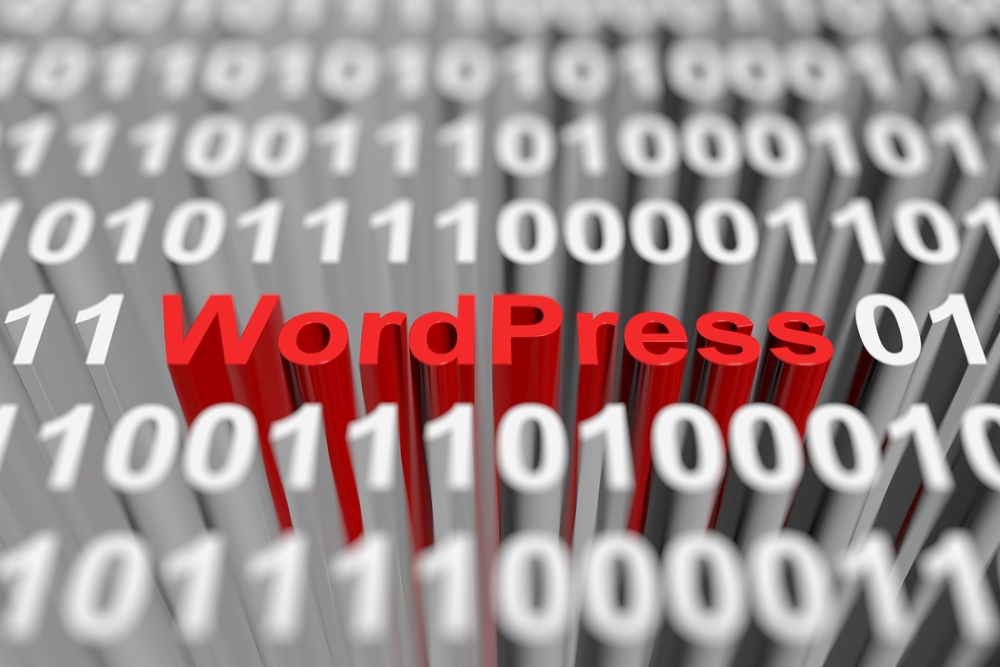
WordPress is the go-to platform for anyone looking to build a website or blog. With its endless customization options and user-friendly interface, it has become the favorite of both beginners and experts alike. In this article, we will share expert tips on how to master WordPress (the platform for bloggers) and take your website to the next level.
1. Choose the Right Theme
Your website's theme sets the tone for its overall design and functionality. With thousands of themes available, it's important to choose one that aligns with your website's goals and target audience.
Look for a responsive theme that adapts to different devices and platforms, ensuring a seamless user experience. Additionally, consider the ease of customization and optimization options provided by the theme.
Remember to perform regular theme updates to take advantage of bug fixes, security patches, and new features.
2. Use Plugins Wisely
WordPress offers an extensive library of plugins to enhance the functionality of your website. However, utilizing too many plugins can slow down your site and lead to security vulnerabilities.
Be selective and choose plugins that are necessary for your website's needs. Prioritize plugins from reputable developers with good reviews and frequent updates.
Regularly check for plugin updates and ensure that you only use plugins that are compatible with the latest version of WordPress (WP) . Delete any plugins that are no longer in use to optimize your website's performance.
3. Optimize for Performance
A fast-loading website is crucial for providing an excellent user experience and improving search engine rankings. There are several ways to optimize your WordPress site for performance:
- Compress and optimize images: Use plugins or online tools to reduce the file size of your images without compromising quality. Enable caching: Caching reduces server load and website load times by storing a static version of your site. Minify CSS and JavaScript files: Remove unnecessary characters and spaces from your code to reduce file size and improve load times. Choose a reliable hosting provider: Ensure your hosting provider offers high uptime and fast server response times.
4. Customize with Child Themes
When customizing your theme, it's best to use child themes rather than modifying the original theme files. Child themes inherit all the functionality of the parent theme while allowing you to make modifications without the risk of losing your changes during an update.
Creating a child theme involves copying the original theme's files and making changes within the child theme directory. This method ensures that your customizations remain intact when the parent theme is updated.
5. Regular Backups and Security Measures
WordPress is a favorite target for malicious attacks, with thousands of websites being compromised each day. To protect your website, it's important to implement security measures:
- Regularly backup your website: Use plugins or your hosting provider's backup functionality to create regular backup copies of your site. Store these backups in a secure location. Keep WordPress up to date: Regularly update WordPress core, themes, and plugins to ensure you have the latest security patches. Use a security plugin: Install a reputable security plugin to enhance your website's security, such as Wordfence or Sucuri. Use unique, strong passwords: Avoid common or easily guessable passwords. Use a password manager to generate and store complex passwords.
Frequently Asked Questions
1. How do I install WordPress?
To install WordPress, you first need to purchase a domain and hosting plan. Most hosting providers offer a one-click installation option for WordPress. Simply log in to your hosting account, find the WordPress (the blogging platform) installer, and follow the prompts to complete the installation process.
2. Can I switch themes after the website is live?
Yes, you can switch themes even after your website is live. However, it is important to test the new theme thoroughly to ensure that all your website's content and functionality remain intact. It's recommended to create a backup before making any major changes.
3. Are free plugins safe to use?
While there are many reputable free plugins available, it is important to exercise caution. Only download plugins from the official WordPress (or WP) plugin repository or trusted sources. Read reviews, check the plugin's rating, and ensure it is regularly updated. Keep in mind that premium plugins often offer better support and more advanced features.
4. How often should I update WordPress?
You should update WordPress as soon as new updates are available. Updates often include security patches and bug fixes, which help keep your website secure and running smoothly. It's a good practice to perform regular updates, preferably after creating a backup.
5. Should I use a page builder plugin?
Page builder plugins offer drag-and-drop functionality, allowing you to easily create complex page layouts without coding. If you prefer a more visual and intuitive approach to website customization, using a page builder plugin can be beneficial. However, keep in mind that some page builders can generate bloated code and impact performance, so choose a well-optimized and reputable plugin.
Mastering WordPress takes time, practice, and continuous learning. Implementing these expert tips for customization and maintenance will help you create a professional, secure, and high-performing website. So, go ahead, unleash your creativity, and make your WordPress website truly unique!
Other useful resources
- https://www.wordpress24plus.com
- https://www.wordpress24plus.com/wordpress-tools-directory/
- https://en.wikipedia.org/wiki/WordPress